When your nose is runny, your eyes are itchy, and you just want to breathe without reaching for a tissue, choosing the right antihistamine matters. Two of the most common over-the-counter options are desloratadine and loratadine. Both are second-generation antihistamines, meaning they’re less likely to make you drowsy than older drugs like diphenhydramine. But they’re not the same. One is the active ingredient in Clarinex; the other is the main component in Claritin. And while they’re related, their differences in potency, duration, side effects, and who they’re approved for can make one a much better fit than the other.
How Desloratadine and Loratadine Work
Desloratadine isn’t just a cousin of loratadine-it’s what loratadine turns into inside your body. When you take loratadine, your liver breaks it down into desloratadine, which is the actual compound doing most of the work. That’s why desloratadine is considered more potent: it’s the end result, already activated. Studies show desloratadine binds more tightly to histamine H1 receptors, blocking the allergic response more effectively than its parent drug.
But it doesn’t stop there. Desloratadine also works beyond just blocking histamine. It reduces inflammation by calming down immune cells like eosinophils, which are responsible for swelling and mucus production. It also lowers levels of inflammatory chemicals like IL-4 and IL-13-factors tied to chronic allergies and even eczema. Loratadine doesn’t do this to the same extent. That’s why many doctors see desloratadine as a better option for people with moderate to severe symptoms, especially if nasal congestion or itchy eyes persist despite taking loratadine.
Dosing: One Pill, Same Frequency, Different Strengths
Both medications are taken once a day. That’s convenient. But the doses aren’t the same.
- Loratadine: 10 mg per day
- Desloratadine: 5 mg per day
Even though the milligram numbers are different, desloratadine is about twice as potent. So 5 mg of desloratadine gives you the same or better relief than 10 mg of loratadine. This isn’t just theory-clinical trials show desloratadine provides more consistent 24-hour control. Why? Its half-life is longer: 27 hours compared to loratadine’s 8-10 hours. That means desloratadine stays active in your bloodstream longer, with fewer dips in effectiveness.
Food doesn’t affect either drug’s absorption, so you can take them with or without meals. That’s useful for people with busy schedules or unpredictable eating habits.
Side Effects: Which One Is Easier on Your Body?
Both drugs are called non-sedating because they barely cross the blood-brain barrier. That means they don’t make most people sleepy like first-generation antihistamines (think Benadryl). But that doesn’t mean they’re side-effect free.
Common side effects for both include:
- Dry mouth
- Headache
- Mild fatigue
But here’s where they differ. Multiple studies, including those published in the Journal of Clinical Pharmacology and Mayo Clinic Proceedings, show desloratadine is generally better tolerated. While some users report headaches with desloratadine, the overall rate of side effects is lower than with loratadine.
For example, pediatric studies found:
- Diarrhea: 6.1% with desloratadine vs. 2.4% with placebo
- Irritability: 6.9% with desloratadine vs. 5.6% with placebo
That’s a small increase, but it’s worth noting. On the flip side, loratadine users report more cases of “loss of effectiveness” over time-some say it stops working after a few weeks, which isn’t common with desloratadine.
Another key point: desloratadine doesn’t affect heart rhythm. It doesn’t prolong the QTc interval, which reduces the risk of dangerous arrhythmias, especially if you’re taking other medications. Loratadine, while still safe for most, has more potential interactions with drugs metabolized by the liver’s CYP3A4 enzyme. Desloratadine barely touches that pathway, making it safer for people on multiple prescriptions.

Who Can Take These Medications? Age Matters
This is a big practical difference. If you’re treating a young child, the age approval isn’t the same.
- Desloratadine: Approved for children as young as 1 year old
- Loratadine: Only approved for children 2 years and older
For parents of toddlers with seasonal allergies or chronic hives, this can be decisive. Studies show that in kids aged 2-5, desloratadine reaches effective blood levels quickly-peak concentration hits around 2.3 hours after dosing. The dose for children is weight-based, but for most kids over 1, it’s 1.25 mg daily.
Adults and teens take the standard 5 mg dose. No adjustments are needed for kidney or liver problems, according to the latest FDA labeling updates from August 2023. That’s a relief for older adults or those with chronic conditions.
Real-World Results: What Do Users Say?
Numbers from clinical trials are one thing. Real people’s experiences are another.
On Drugs.com, desloratadine has a 7.2/10 rating from over 800 reviews. About 63% of users say it helped their allergies significantly. Many mention better control of itchy eyes and persistent nasal congestion-things loratadine didn’t fully fix for them. One user wrote: “Switched from Claritin to Clarinex after two seasons of it not working. Within days, my eyes stopped watering and I could sleep through the night.”
Loratadine has a 6.3/10 rating. While 54% report it works, nearly 30% say it stopped being effective after a few weeks. Some users on Reddit’s r/Allergies thread noted they’d switch to desloratadine during peak pollen season, then go back to loratadine in the off-season to save money.
Cost is a real factor. Generic loratadine costs $10-$25 for a 30-day supply. Desloratadine runs $25-$40. For many, that price gap matters. But if you’ve tried loratadine and still feel awful, the extra cost might be worth it.
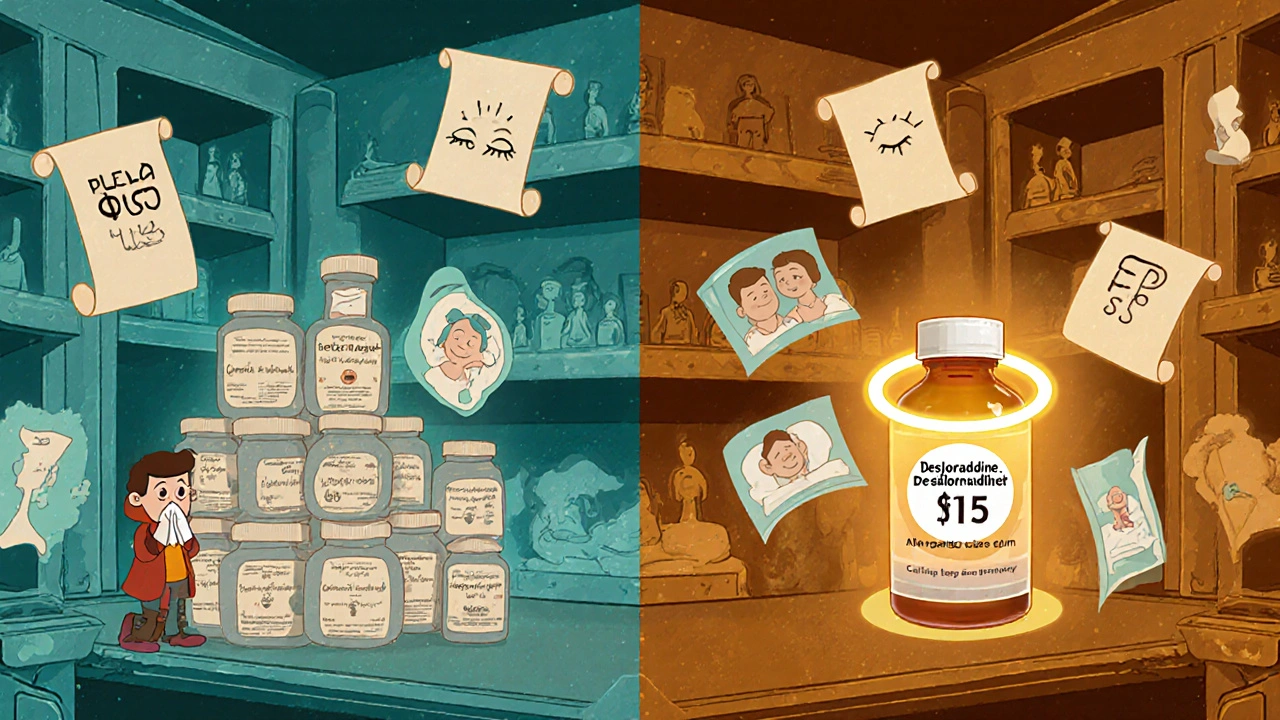
Who Should Choose Which?
Here’s a simple guide to help you decide:
- Choose desloratadine if: You have moderate to severe allergies, nasal congestion won’t go away, you’ve tried loratadine and it stopped working, you’re treating a child aged 1-2, or you’re on other medications and want fewer interactions.
- Choose loratadine if: Your allergies are mild, you’re on a tight budget, you’ve never tried an antihistamine before, or you’re just looking for something that works well enough without needing extra features.
Experts from the American Academy of Allergy, Asthma & Immunology (AAAAI) and the European Academy of Allergy and Clinical Immunology (EAACI) agree: desloratadine is superior in symptom control, especially for nasal congestion. But they also note that for mild cases, the added benefit may not justify the higher price.
What About Long-Term Use?
Both drugs are safe for daily, long-term use. The World Allergy Organization states they’ll remain first-line treatments for years to come. There’s no evidence of tolerance building up over time with either-unlike some decongestants. If you’ve been taking one for months and it’s still working, there’s no need to switch.
But if your symptoms are getting worse, or you’re relying on multiple medications to get through the day, it might be time to try desloratadine. The ACAAI recommends switching after 2-4 weeks of inadequate response to loratadine.
Final Thoughts
Desloratadine isn’t just a stronger version of loratadine-it’s a smarter one. It works longer, hits harder, and has fewer interactions. But that doesn’t mean everyone needs it. If your allergies are mild and loratadine does the job, stick with it. It’s cheaper, well-studied, and gets the job done.
But if you’re still sneezing, itchy, or congested after taking loratadine, don’t assume it’s just your allergies getting worse. It might be time to upgrade. Desloratadine’s extra anti-inflammatory power could be the missing piece.
Is desloratadine better than loratadine for allergies?
Yes, for most people with moderate to severe allergies. Desloratadine is more potent, has a longer half-life (27 hours vs. 8-10), and provides better control of nasal congestion and itchy eyes. It also has additional anti-inflammatory effects that loratadine lacks. Clinical studies and user reviews consistently show higher satisfaction rates with desloratadine.
Can I switch from loratadine to desloratadine?
Absolutely. If you’re still having symptoms after 2-4 weeks of taking loratadine at the full 10 mg daily dose, switching to desloratadine 5 mg daily is a common and effective next step. There’s no need to taper-just start the new medication the next day. Many users report noticeable improvement within a few days.
Does desloratadine cause more drowsiness than loratadine?
No. Both are classified as non-sedating antihistamines because they barely enter the brain. Studies show both occupy less than 20% of central H1 receptors-far below the 100% seen with older antihistamines. While some individuals may feel slightly tired, this is rare and not significantly different between the two drugs.
Is desloratadine safe for children under 2?
Yes. Desloratadine is approved for children as young as 1 year old. Loratadine is only approved for children 2 years and older. For toddlers with allergic rhinitis or chronic hives, desloratadine is often the preferred choice because of its safety profile and proven effectiveness in this age group.
Why is desloratadine more expensive than loratadine?
Loratadine became generic in 2002 and is now produced by dozens of manufacturers, driving prices down. Desloratadine went generic in 2013, so it’s still less widely produced. Also, because it’s more potent and has broader benefits, manufacturers price it higher. But the cost difference is often justified by better symptom control and fewer missed days at work or school.
Do I need to adjust the dose if I have kidney or liver problems?
No. As of the latest FDA labeling updates in August 2023, neither desloratadine nor loratadine requires dose adjustments for kidney or liver impairment. Both are considered safe for patients with mild to moderate organ dysfunction. Always check with your doctor if you have severe disease, but routine adjustments aren’t needed.

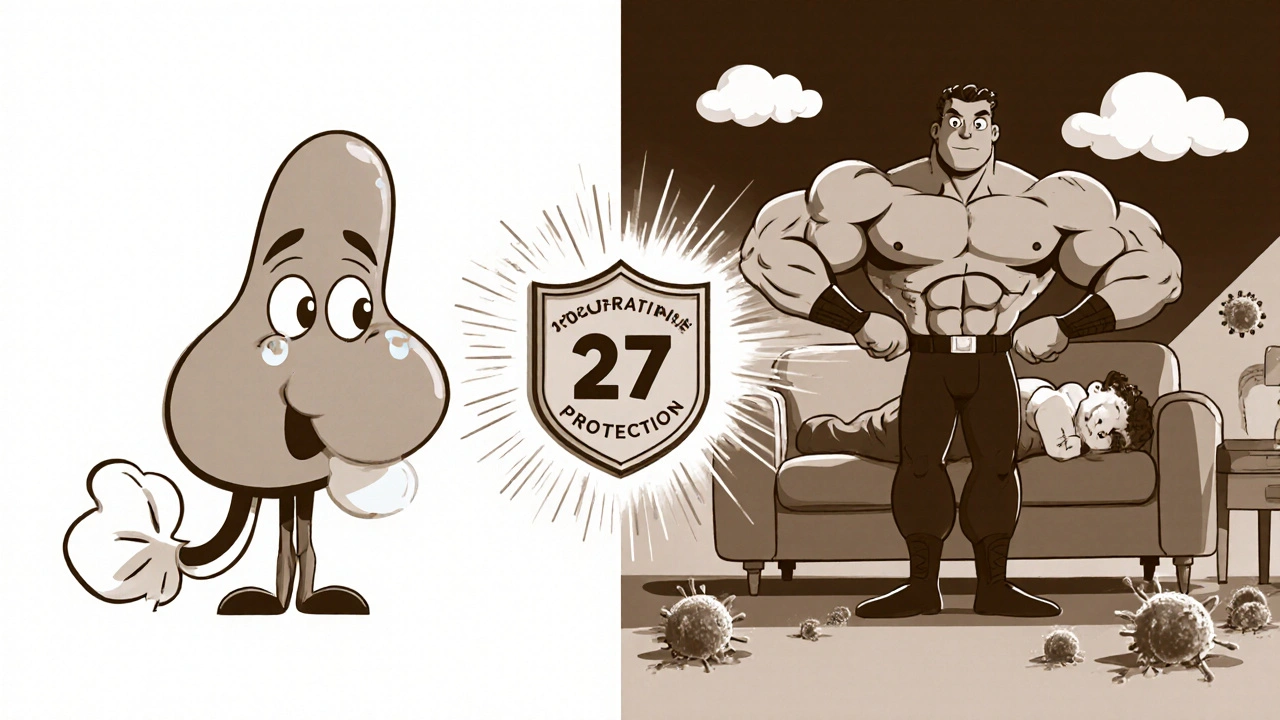



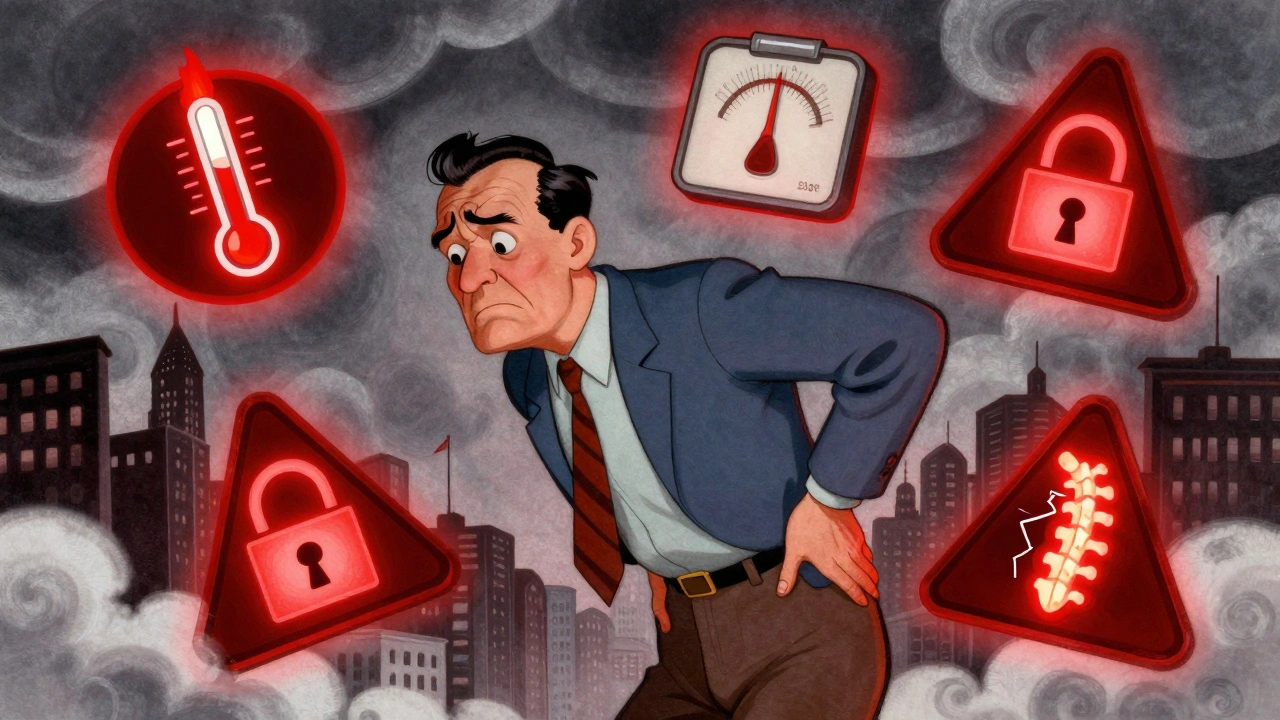
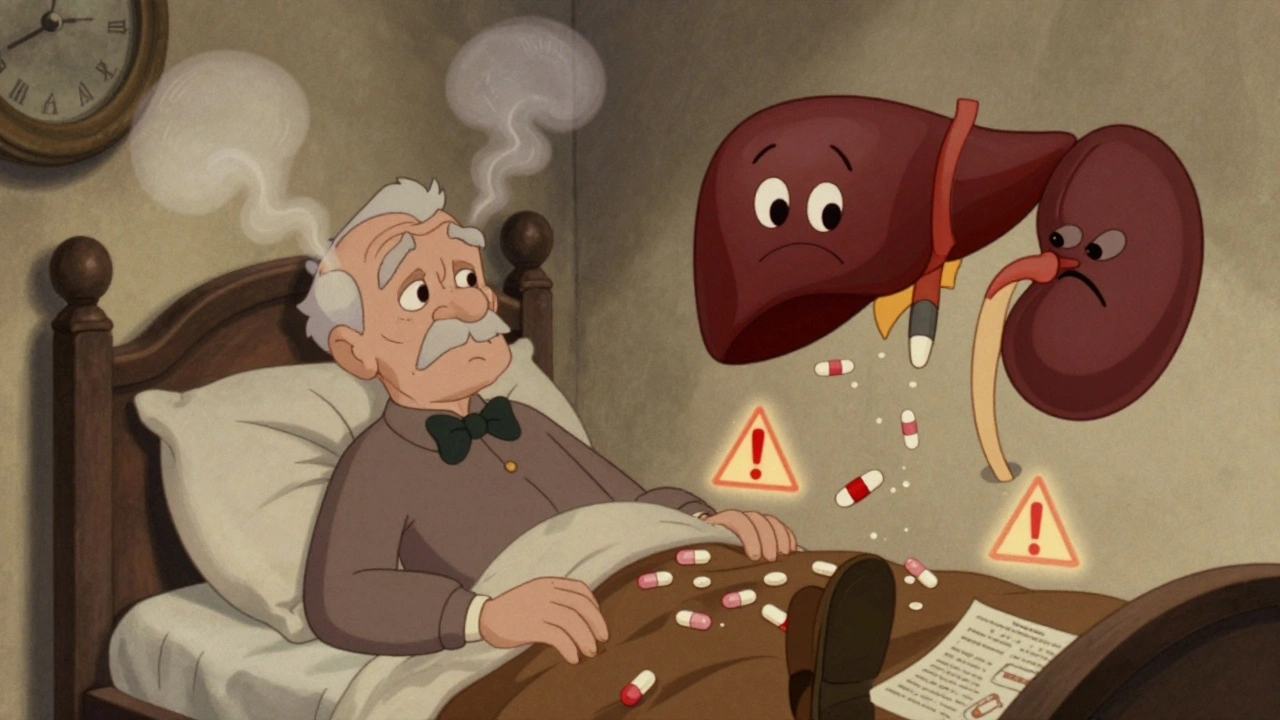
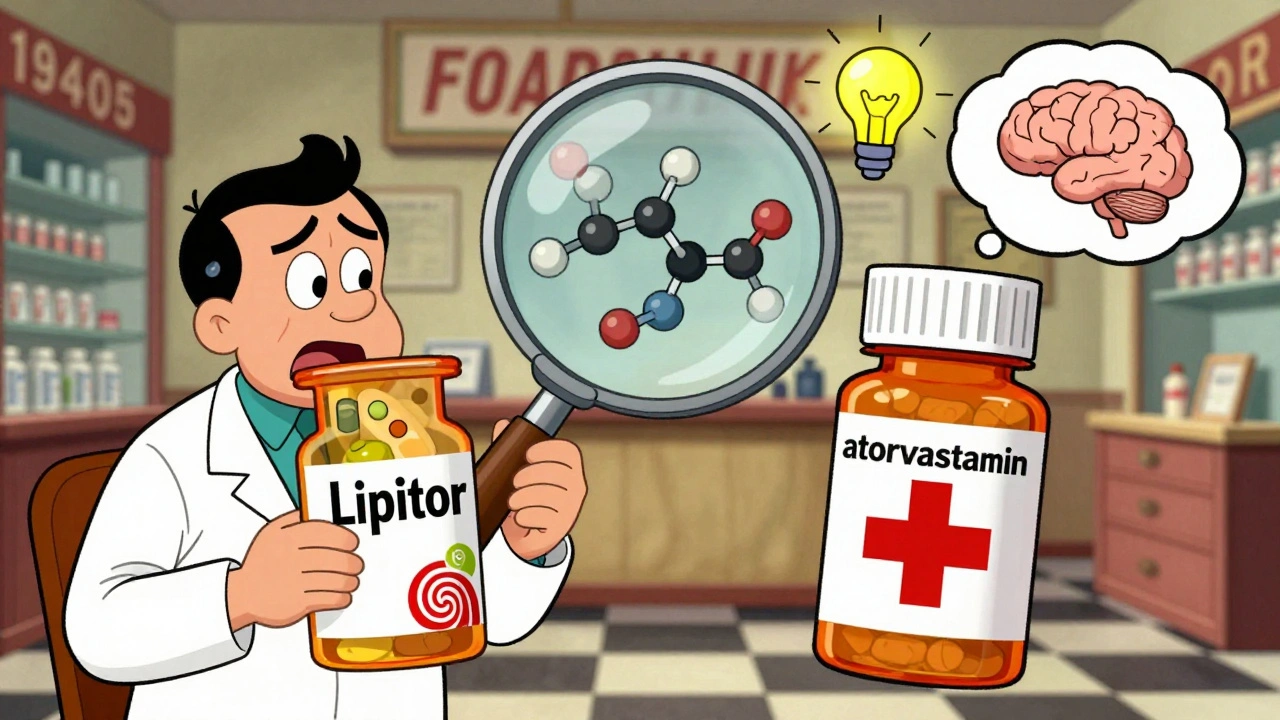
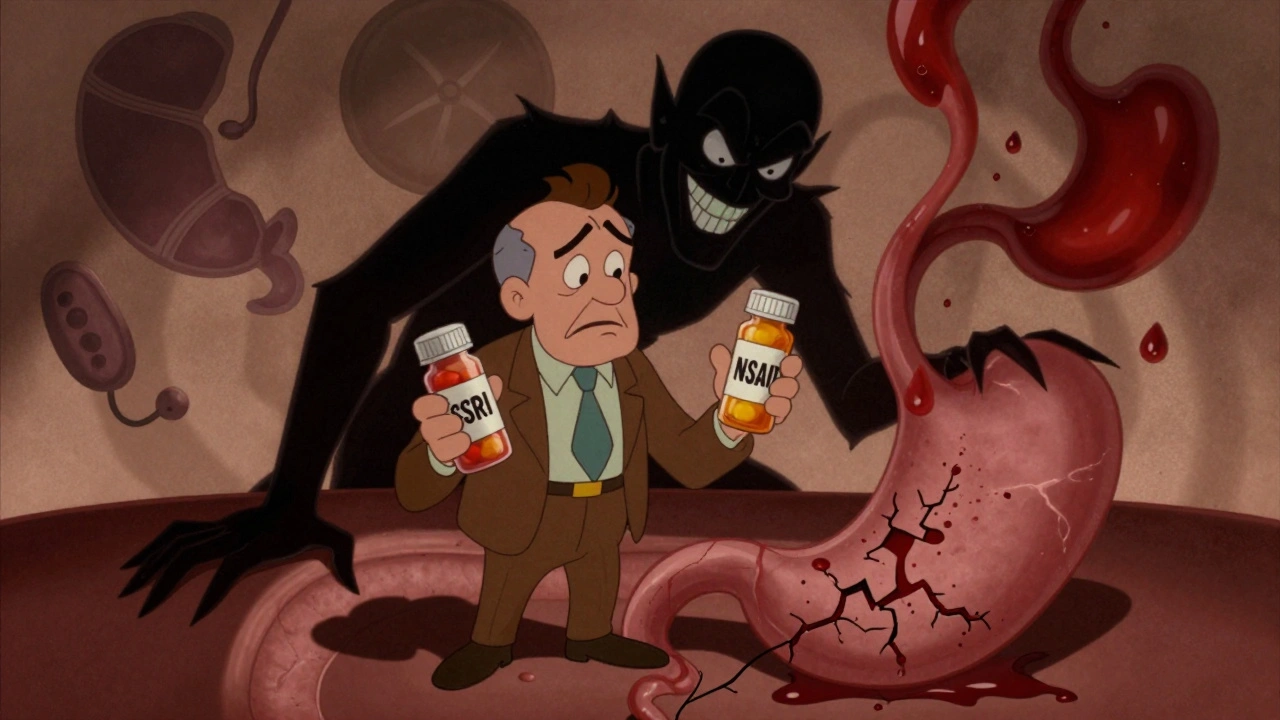
Emily Gibson
Been on desloratadine for three years now after loratadine stopped working during ragweed season. My eyes don’t water anymore, and I can actually sleep through the night. Worth every penny.
Nick Zararis
Okay, but let’s be real-loratadine is still the MVP for mild allergies. I take it every day in spring, and I’m fine. Why pay more when the basics work? Also, my kid’s 2.5, so I can’t even use desloratadine yet. Just saying.
Sara Mörtsell
Desloratadine isn’t better-it’s just the pharmaceutical industry’s way of repackaging the same molecule and charging double. We’re being sold a placebo with a fancy label. The body turns loratadine into desloratadine anyway-why pay for the middleman?
And don’t get me started on the ‘anti-inflammatory’ claims. It’s not a steroid. It’s not even close. Marketing masquerading as science.
But hey, if you want to feel like you’re doing something advanced, go ahead. I’ll stick with the $12 bottle that’s been keeping me alive since 2018.
Rhonda Gentz
I think the real question isn’t which drug is stronger-it’s which one lets you live without feeling like your body is at war with itself.
Loratadine is the quiet neighbor who mows the lawn once a week. Desloratadine is the one who installs a whole irrigation system and plants drought-resistant grass.
Both keep the yard presentable. But if you’ve got a desert climate? You’re gonna want the system.
And maybe that’s the metaphor we all need-some of us just need the basics. Others are fighting a war we don’t talk about.
Alexa Ara
If you’ve tried loratadine and still feel like a zombie with a runny nose-switch. Seriously. I was skeptical too, but after two days on desloratadine, I cried because I could breathe through my nose while watching Netflix. No joke.
You don’t need to be a doctor to know when something’s working. Trust your body.
Olan Kinsella
Y’all talking about pills like they’re magic spells but have you considered the FDA is just a puppet for Big Pharma? They approved desloratadine because the patent clock was ticking on loratadine. That’s it.
I used to take both. Then I started eating local honey, wearing a copper bracelet, and chanting mantras at sunrise. My allergies? Gone. No pills. No side effects. Just pure energy.
Also, I think the moon affects histamine levels. Just saying.
Kat Sal
For real though-desloratadine changed my life. I used to cancel plans every May because I couldn’t open my eyes. Now I hike. I garden. I even went to a music festival last year without a tissue in sight.
It’s not about being fancy. It’s about being free. And if you’re still suffering, you deserve better than ‘it’s cheap enough.’
Rebecca Breslin
Anyone who says loratadine works fine hasn’t actually read the studies. Desloratadine has a 30% higher receptor binding affinity. That’s not a nuance-that’s a clinical advantage. And the QTc safety profile? Night and day. You’re literally gambling with your heart if you’re on statins or antidepressants and still taking loratadine.
Also, pediatric use under 2? That’s huge. I’m a nurse. I’ve seen toddlers with chronic hives. Desloratadine is the only thing that didn’t make them scream in agony.
Kierstead January
Let’s be honest-this is just another example of American healthcare gaslighting people into paying more for the same thing. You don’t need desloratadine. You just need to stop eating processed food, drink more water, and move your body. But no, let’s take a pill.
Also, why are we even discussing this? The real problem is pollen counts are rising because of climate change. Fix that. Not your medicine cabinet.
Imogen Levermore
wait… is desloratadine… like… the *real* thing? 😳 like… is loratadine just a decoy? like… are we all being programmed by big pharma to think we’re getting the real deal? 🤔
also i think the moon is made of antihistamines. just saying. 🌙💊
Chris Dockter
Loratadine works fine. People who switch to desloratadine just want to feel special. You’re not a superhero because you take a $40 pill. You’re just paying extra for a molecule your liver already makes.
And yes, I’ve been on both. Same results. Same drowsiness. Same nothing. Stop overcomplicating your allergies.
Gordon Oluoch
Desloratadine is not superior. It is merely more expensive. The clinical trials are funded by the manufacturer. The FDA approval process is a revolving door. The fact that you’re still taking antihistamines at all means you’ve already lost the battle.
Real health is not found in a bottle. It’s found in soil, sunlight, and silence. But you won’t hear that from a pharmaceutical rep in a suit.
And if your child is allergic at age one? You should be asking why, not what pill to give them.
Tyler Wolfe
I switched to desloratadine after my doctor said ‘try it for two weeks.’ Didn’t think much of it. But within three days, I stopped reaching for tissues at my desk. I didn’t even realize how bad it had gotten until it was gone.
Worth it. No drama. Just better breathing. Thanks, science.
Nick Zararis
Wait, so if desloratadine is the active metabolite, why isn’t it just sold as a generic under the same name? Why the branding? Is this just a loophole?